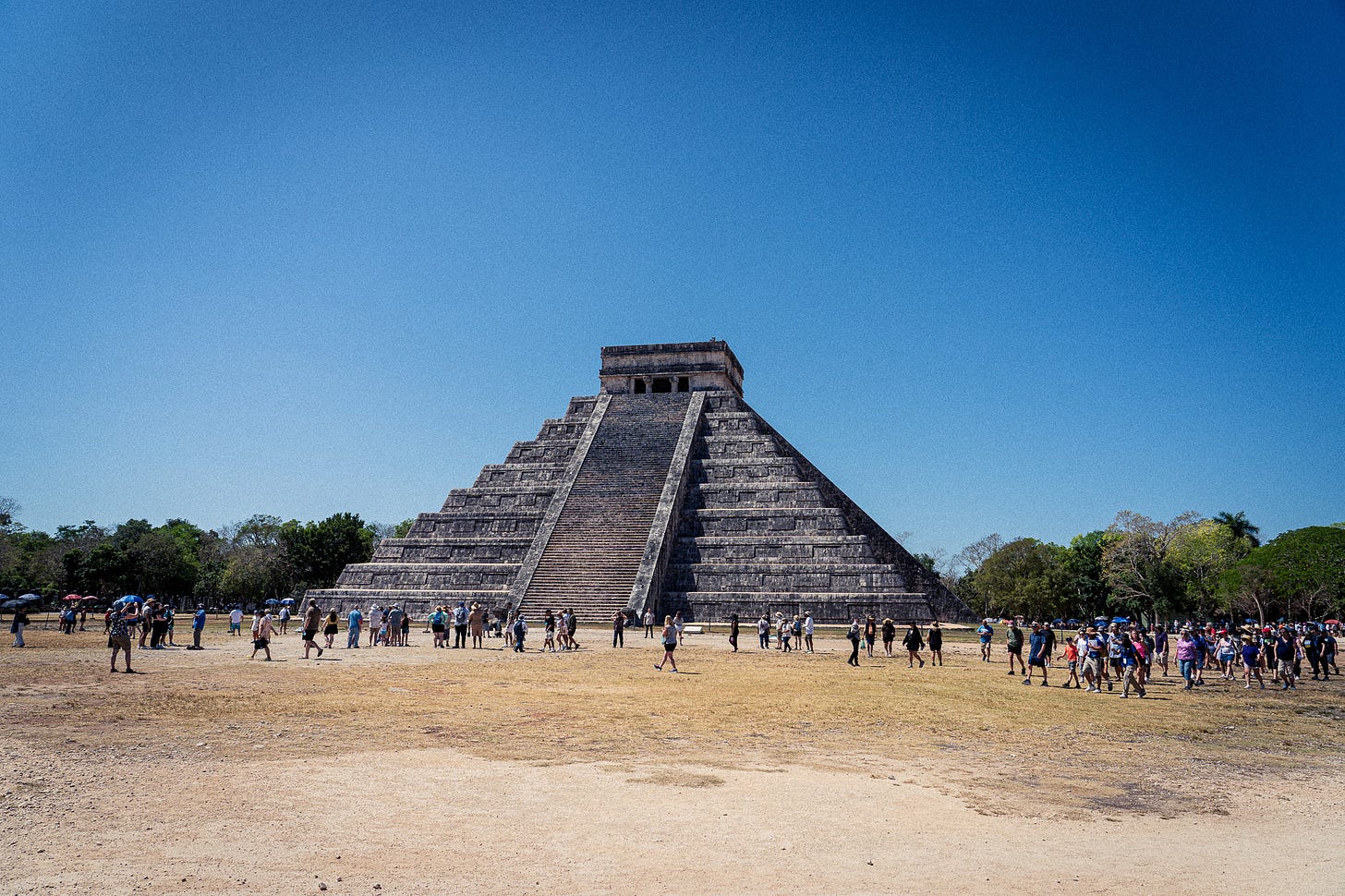Reincarnation is a game changer to your relationship to life and death
Can the human sacrifice of the ancient Maya soothe our anxieties around death and help us uncover our purpose?
Many of the contemporary, motorbike-riding Maya of Yucatán live in villages like Tinum. Their spirituality blends Catholic elements with ancient Maya cosmology—saints and Christian holidays are often linked to Maya rain gods, agricultural cycles, and ancestral spirits. While Honorio and his family practiced traditional baptisms and agricultural rituals,…
Keep reading with a 7-day free trial
Subscribe to CAPI TACO'S FIELDNOTES to keep reading this post and get 7 days of free access to the full post archives.


